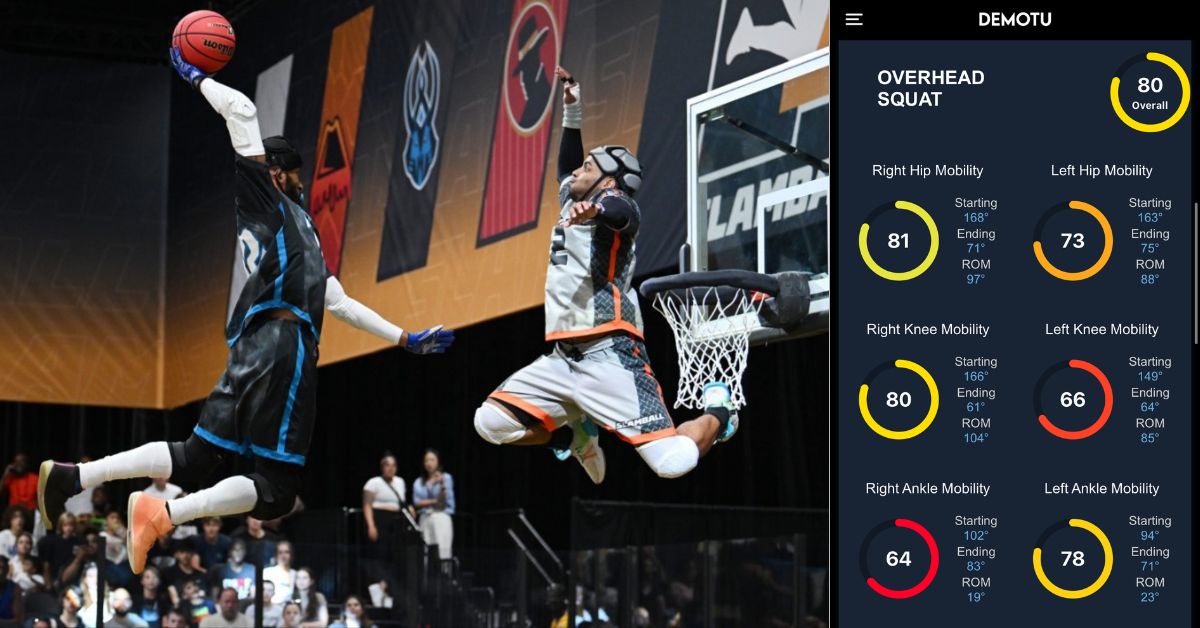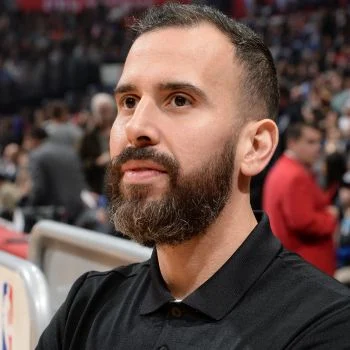In the realm of professional sports, the pursuit of peak performance and injury prevention is relentless. As a seasoned athletic trainer and strength and conditioning coach, I’ve worked with athletes across high-impact sports including NBA basketball, XFL football, and Slamball, and witnessed firsthand the transformative impact data-driven decision-making can have.
By leveraging advanced tools like motion capture, force plates, strength testing, and GPS technology, we’ve revolutionized how we approach athlete assessments, offering precise insights that optimize performance and mitigate injury risks. Among these, motion capture and movement analysis stand out as critical tools for understanding the biomechanics of athletic performance, allowing us to objectively pinpoint deficiencies, compensations, and injury risks.
This article will explore how these insights can be applied to enhance athletic output and resilience through practical strategies.
By leveraging advanced tools like motion capture, force plates, strength testing, and GPS, we’ve revolutionized how we approach athlete assessments, offering precise insights that optimize performance and mitigate injury risks. Share on XUnderstanding the Challenges of Training Athletes
Athletes in attacking sports need an exceptional combination of speed, agility, and explosiveness. They must navigate rapid changes of direction, absorb intense collisions and landings, and execute high-powered movements—all while minimizing injury risks. Accurately assessing these demands is critical, yet it presents unique challenges for clinicians and performance staffs.
Through my experience working with professional basketball, football, and Slamball players, I’ve observed these challenges firsthand:
- NBA players contend with the demands of high acceleration and deceleration
- XFL athletes face frequent high-impact collisions.
- Slamball players contend with aerial attacks and force absorption during landings.
Across all sports, the added challenge for a performance staff is completing the necessary assessments in a timely manner without compromising quality. These sport-specific demands often lead to significant issues in two key areas:
- Elevated Injury Risks: Frequent sprinting, cutting, jumping, and landing mechanics place undue stress on the foot-ankle complex, knees, lumbar spine, hips, and shoulders. Athletes in professional sports frequently experience:
- Soft Tissue injuries from high-intensity sprinting and acceleration/deceleration cycles.
- Patellar tendonitis and Achilles tendonitis from repetitive loading during sprints, jumps, and landings.
- Ankle and Knee Injuries due to high-force deceleration and cutting movements.
- Shoulder instability from repetitive overhead actions and impacts.
- Barriers in Athlete Assessment Strategies: Clinicians and performance staff often deal with limited bandwidth to assess large rosters comprehensively. Manual assessments, while effective, are time-consuming and may lack the objectivity needed to guide modern interventions.
Traditional, subjective methods also rely heavily on visual observation and practitioner experience, which can lead to inconsistencies and missed nuances in movement patterns. This lack of precision often results in interventions that fail to address the root causes of inefficiencies or injury risks. In my experience, overcoming these barriers requires a shift from traditional methods to objective, data-driven technologies for movement analysis.
Traditional, subjective methods also rely heavily on visual observation and practitioner experience, which can lead to inconsistencies and missed nuances in movement patterns. Share on XTraining Challenges Observed in Professional Sports
Through my work, I’ve identified several recurring issues in professional athletes. These include:
- Movement Asymmetries: Imbalances between limbs often lead to compensatory patterns that increase injury risk.
- Poor Hip and Ankle Mobility: Restricted mobility compromises an athlete’s ability to generate power and maintain stability.
- Lack of Trunk Control: Insufficient core stability and control can disrupt movement efficiency, compromise force transfer, and increase the risk of injuries during dynamic actions.
- Weak Proprioception: Diminished body awareness hinders coordination and balance during complex movements.
- Inconsistent Explosive Power: Variability in force production directly impacts performance in jumping, sprinting, and cutting.
For example, in the XFL, I frequently observed knee instability during deceleration movements, which is a critical factor in non-contact injuries. Similarly, in the NBA, explosive jumping and landing mechanics were often compromised, leading to recurrent ankle injuries, tendonitis, and low back issues. In Slamball—where athletes face unique demands from continuous jumping and aerial collisions—shoulder instability and posterior chain weaknesses were prevalent.
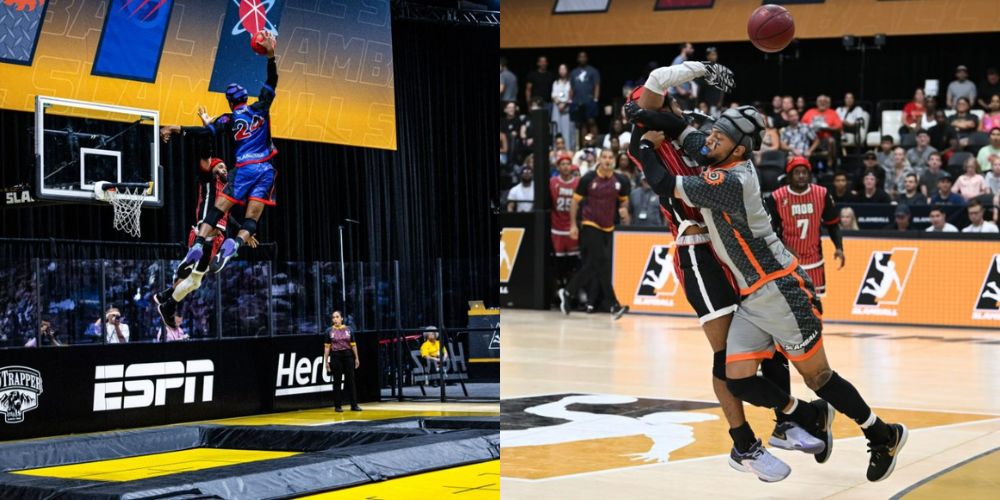
Soft tissue injuries, particularly hamstring strains, also presented a consistent challenge in the XFL, driven by repetitive, high-speed sprints. Addressing these issues required targeted solutions that were both efficient and scalable.
Steps Taken to Address These Challenges
To effectively manage the complex needs of these athletes, I needed a tool that was robust, repeatable, reliable, and could seamlessly integrate into our workflow while providing precise, actionable insights. The Demotu app, an advanced movement analysis tool, proved to be the ideal solution. Its ability to provide real-time, 3D biomechanical insights made it a cornerstone for addressing mobility and stability deficiencies.
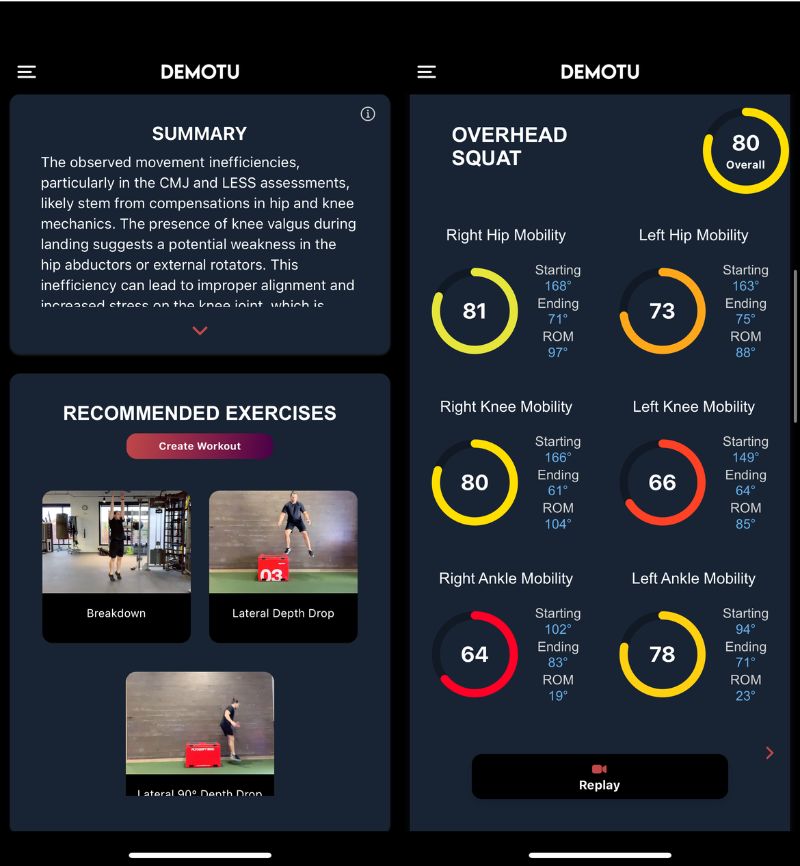
Why Demotu?
I needed a solution that was both reliable and scalable to efficiently assess movement patterns, identify deficiencies, and prioritize interventions. Demotu quickly became an invaluable tool, offering several distinct advantages. Its automated assessments streamlined key movement screens, including the Overhead Squat, Single Leg Balance, Lateral Lunge, Overhead Press, Single Leg Hinge, and Countermovement Jump.
By automating these evaluations, Demotu significantly reduced the time and resources typically required, allowing for faster and more efficient assessments. The app’s clear, actionable insights also improved player attention and compliance, keeping athletes engaged and motivated throughout the process.
Additionally, Demotu’s ability to capture precise 3D keypoints eliminated subjective biases, enabling accurate tracking of joint angles, compensations, and asymmetries. Whether evaluating an entire roster or focusing on individual athletes, the platform seamlessly accommodated both team-wide and personalized approaches, making it an indispensable tool in optimizing athlete performance.
Demotu’s ability to capture precise 3D keypoints eliminated subjective biases, enabling accurate tracking of joint angles, compensations, and asymmetries. Share on XImplementation Process
- Preseason Evaluations: During preseason, we conducted comprehensive movement screenings for all athletes. Demotu analyzed each athlete’s movement strategies and identified compensations, providing a detailed baseline of their biomechanics and actionable insights for targeted improvements.
- Regular Check-Ins: Throughout the season, we used Demotu for periodic re-assessments, conducted in 4-6 week increments, to track progress and adapt programs as needed. These regular evaluations allowed us to ensure athletes were meeting benchmarks and addressing any emerging deficiencies.
- Targeted Interventions: Based on assessment data, we developed targeted interventions by prescribing individualized corrective exercises tailored to each athlete’s needs. For example, we focused on improving hip stability and reducing knee valgus through targeted glute activation and core stability exercises. To address landing mechanics and ankle dorsiflexion limitations, we implemented strengthening exercises, dynamic balance work, and plyometric training. Emphasizing posterior chain activation also proved critical in enhancing overall movement efficiency. In Slamball, our findings guided us to address specific needs by enhancing controlled body positioning during aerial techniques, which helped alleviate shoulder issues and optimize force absorption during landings.
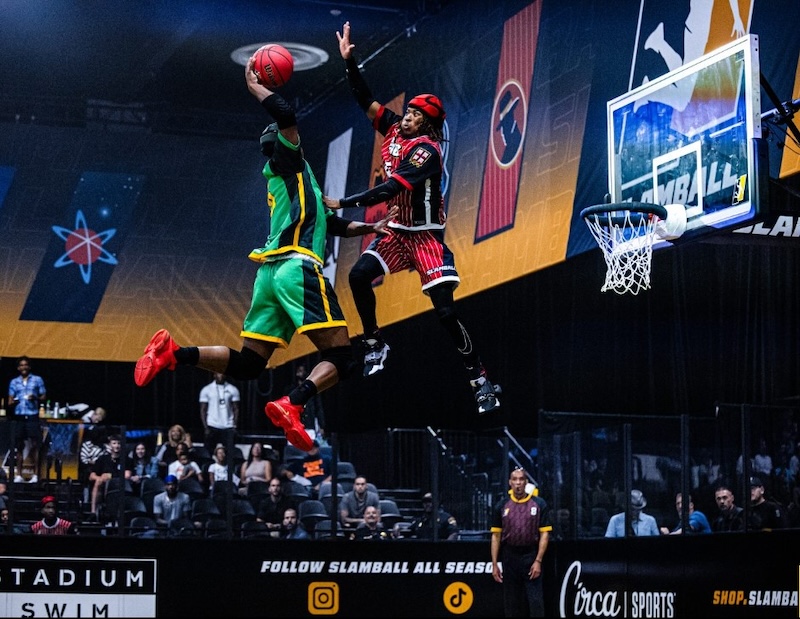
Results Observed: Data and Anecdotes
The impact of integrating Demotu into our training programs was both measurable and transformative:
Data
- A 25% reduction in non-contact lower extremity injuries during an XFL season.
- A 10% increase in vertical jump height among players following targeted programs.
- A 20% improvement in shoulder stability metrics.
Anecdotes
- Improved Athlete Buy-In: Athletes were more engaged and motivated when they could see visual representations of their movement patterns and track their progress.
- Return to Play Scenarios: Targeted interventions led to improved return-to-play outcomes for injured athletes. Comparisons to baseline data and the ability to track progress throughout the RTP process provided improved decision-making and guided progressions.

Personal Insights: The Journey to Data-Driven Biomechanics
As an athletic trainer and strength and conditioning coach, transitioning to a data-driven approach has been a game-changer. Tools like Demotu allow us to move beyond traditional methods, empowering both practitioners and athletes. The ability to visualize movement patterns fosters collaboration and accountability, while objective data ensures precision in program design.
Athletes have described the process as eye-opening. One XFL player shared: “Seeing my knee instability on the app made me realize why I was struggling with certain drills. Fixing it wasn’t just about getting better—it made me faster and more confident on the field.”
Embracing the Future of Sports Performance
The integration of advanced movement analysis tools like Demotu represents the future of athletic performance and injury prevention. By embracing data-driven biomechanics, we can enhance efficiency, drive performance, and safeguard athlete health across all levels of sport.
When profiling athletes, we often consider kinematics, kinetic forces, internal and external load as a blueprint. Demotu serves as a tool to help tie these elements together. Share on XDemotu can also be a great addition to player profiling. When profiling athletes, we often consider kinematics, kinetic forces, internal and external load as a blueprint. Demotu serves as a tool to help tie these elements together, enabling a holistic approach to understanding and optimizing athlete performance and mitigating injury.
For professionals in the field, the takeaway is clear: adopting technologies that provide actionable insights into biomechanics is essential. Whether working with professional, collegiate, or recreational athletes, movement analysis holds the key to unlocking untapped potential and continue to push the limits of human performance.

